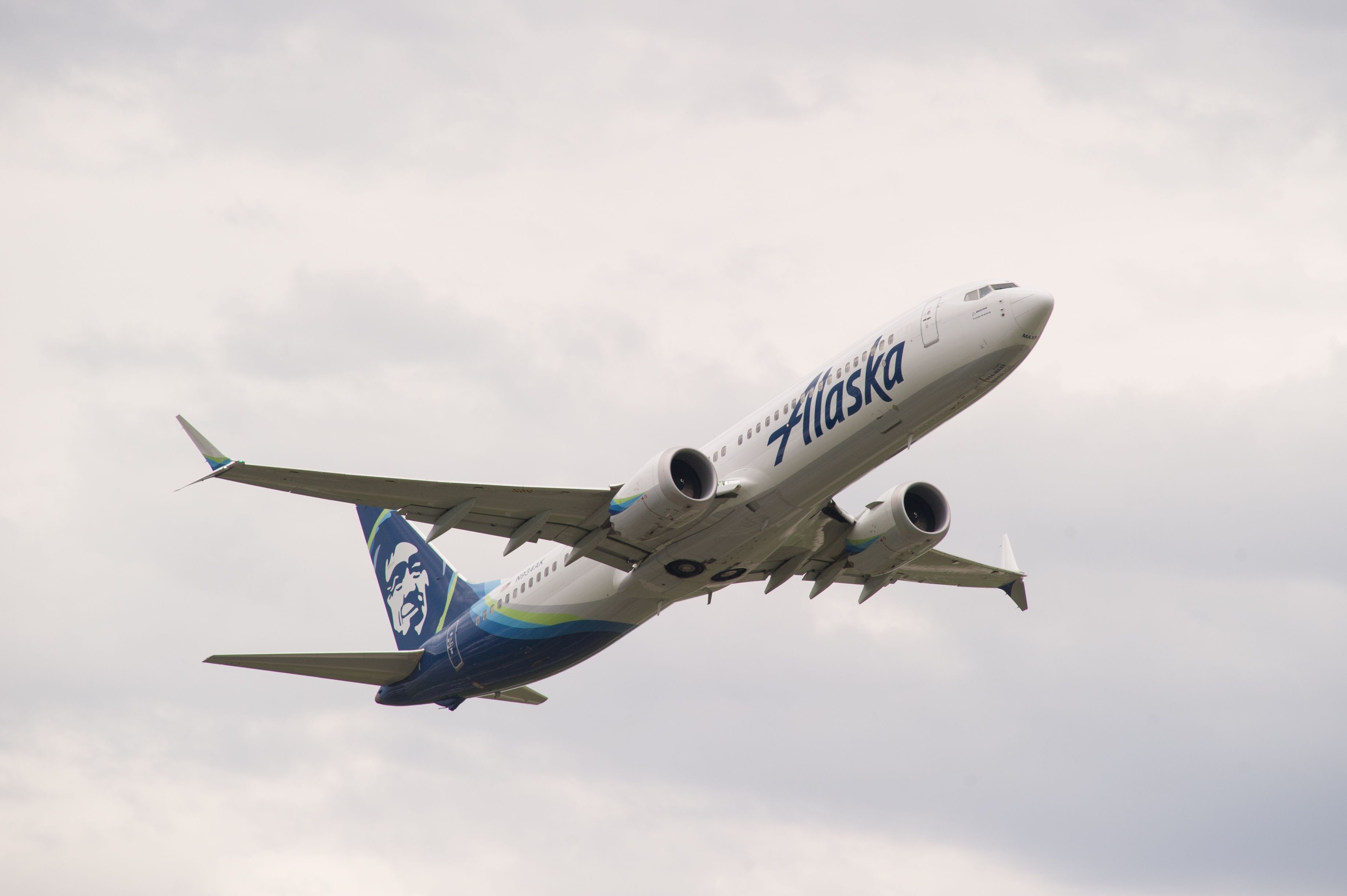Monday, September 9, 2024 Delta Air Lines, based in Atlanta, continues to enhance the travel experience for its passengers with the rollout of its innovative inflight entertainment (IFE) and connectivity system, Delta Sync. Originally introduced last year on the airline’s Airbus A321 aircraft, Delta Sync is now available on a wider range of aircraft types, transforming inflight entertainment with a more personalized and connected experience. The implementation of Delta Sync is happening in phases, and the initial rollout now covers approximately 40% of the airline’s fleet.
Last week, Delta announced that more than 330 of its aircraft have been equipped with this cutting-edge system. The carrier describes Delta Sync as offering a “personalized experience that makes seatback screens feel more like a smart TV,” with added tools to simplify the travel experience for SkyMiles members. In addition to the A321, Delta Sync seatback screens are now available on Airbus A320s, A319s, many Boeing 757-200s configured as “75D,” and select Boeing 737-800s.
This first wave of installations is part of a broader effort, as Delta aims to eventually equip more than 165,000 seatback screens across its entire fleet, the largest number of any U.S. airline.
Future installations will extend to additional aircraft types, including the A220, A321neo, A330, A350, 737-900ER, 757-300, and 767 models. One standout feature of Delta Sync is the “My Flight” experience, designed to streamline d.



















